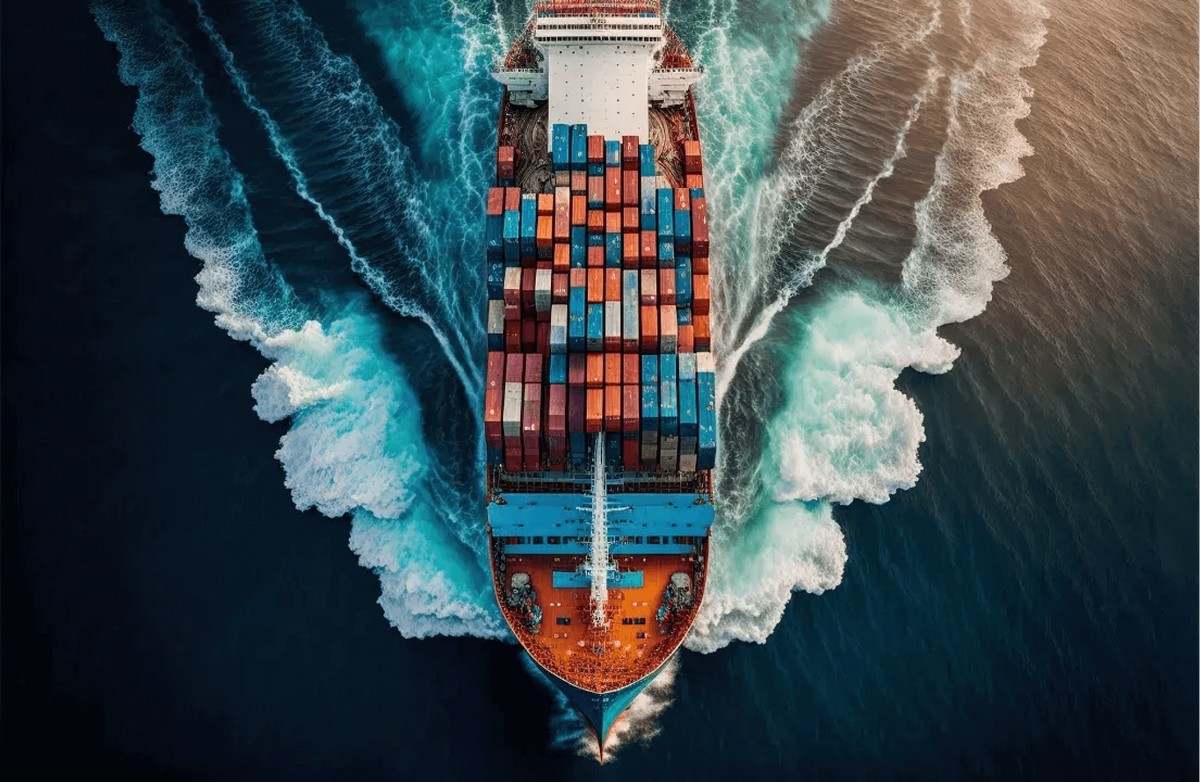Ocean freight is an indispensable part of global trade in goods. Sea transport routes have long existed and have a significant impact on the global economy. Therefore, international transport companies always provide customers with many freight service packages worldwide. Let's explore the types of costs, surcharges, and freight rate tables in ocean transport.
Ocean Freight Rates – Fixed Sea Transport Costs
Fixed or basic transport fees are unchanging costs that have been listed as fixed. Ocean freight rates are the costs that the shipper must pay to the transporter.
The freight rate also includes the conditions agreed upon by both parties, as stated in the contract. When transporting goods by domestic sea routes, businesses also incur similar costs as in international sea transport, but without the need to pay foreign customs declaration fees.
Accordingly, depending on each shipping line's regulations, container weight, and distance, sea freight rates may vary.
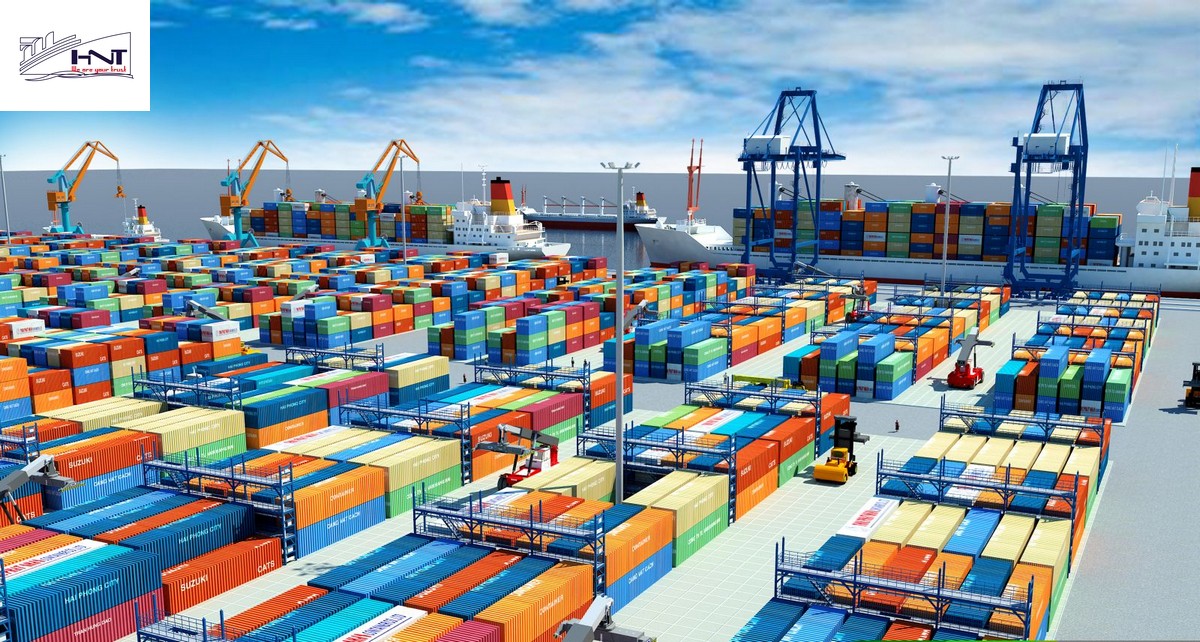
Fixed Sea Transport Costs
Additional Charges in Sea Transport You May Not Know About
Apart from the main freight rates, transport companies also levy additional mandatory surcharges, including:
D/O fee
Delivery Order fee, corresponding to a B/L – Bill of Lading. This fee appears in FCL, LCL,... This fee is paid by the recipient or buyer based on international trade terms, with the remaining conditions fulfilled by the exporter. This helps facilitate goods and document processing, and order collection.
THC fee
Terminal Handling Charge, which includes fees for moving a container from the ship to the yard. This includes the cost of unloading cargo from the ship, transporting the container from the quay to the yard, labor, yard handling, and port management. This fee is charged at both export and import terminals.
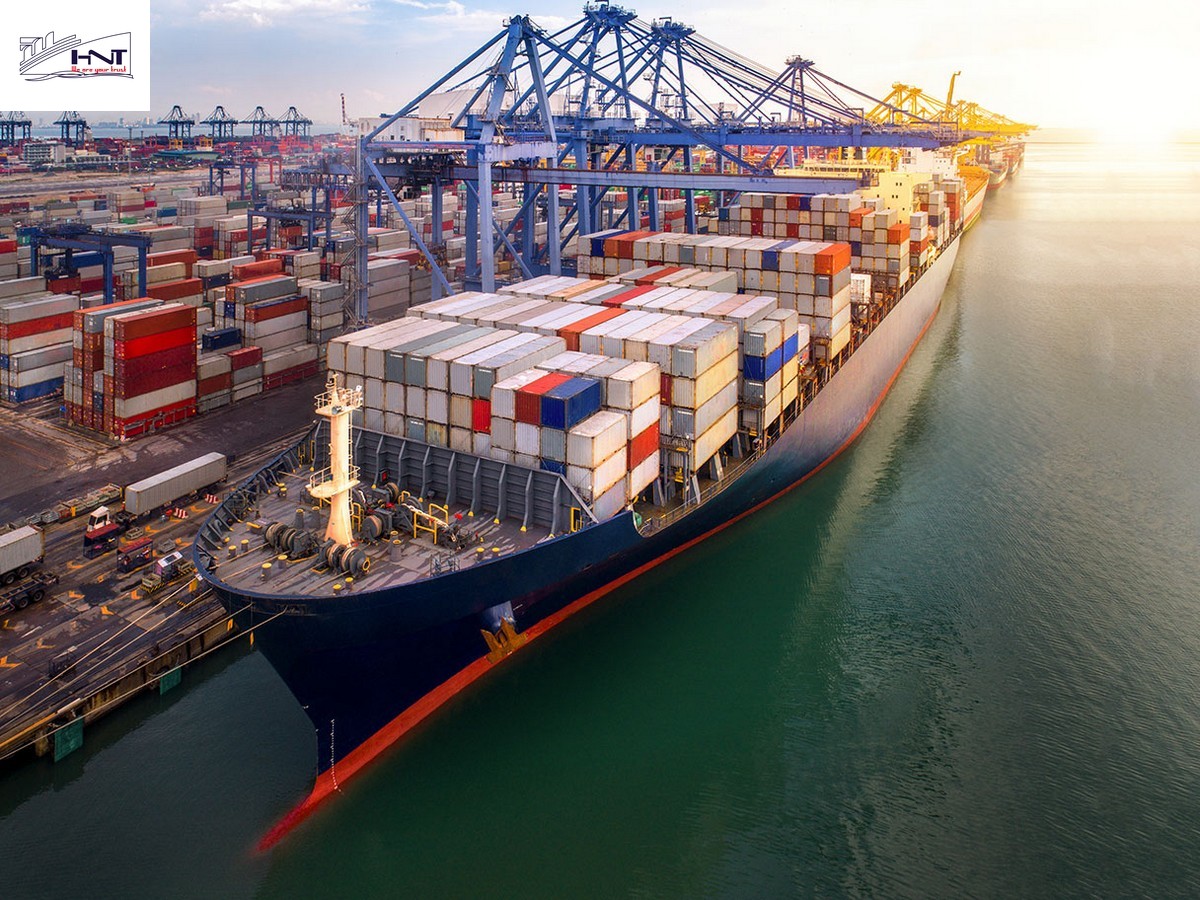
In addition to the main freight rates, transport companies also levy additional mandatory surcharges.
CIC fee
Container Imbalance Charge is due to the imbalance in goods at seaports. Shipping lines move empty containers from less busy ports to busier ports to load goods. This results in one-way full trips and empty return trips. Shipping lines use the CIC fee to offset the cost of empty return trips to make a profit. In reality, shippers cannot know which areas have excess or shortage of goods.
Cleaning fee
Container cleaning fee charged to the consignee. Since containers hold various goods, cleaning them is necessary to avoid damage or quality issues for subsequent shipments.
Handling fee
This fee is a service charge for some countries. The forwarding company charges this fee as a service fee for handling imports. When the issuing company has little or no profit, they add this fee to cover operating costs.
B/L fee – fee in the cost of sea transportation
Bill of Lading issuance fee applied during the transportation of goods. The carrier issues the bill of lading, and notifies the importing agent about the bill of lading and tracking and managing fees.
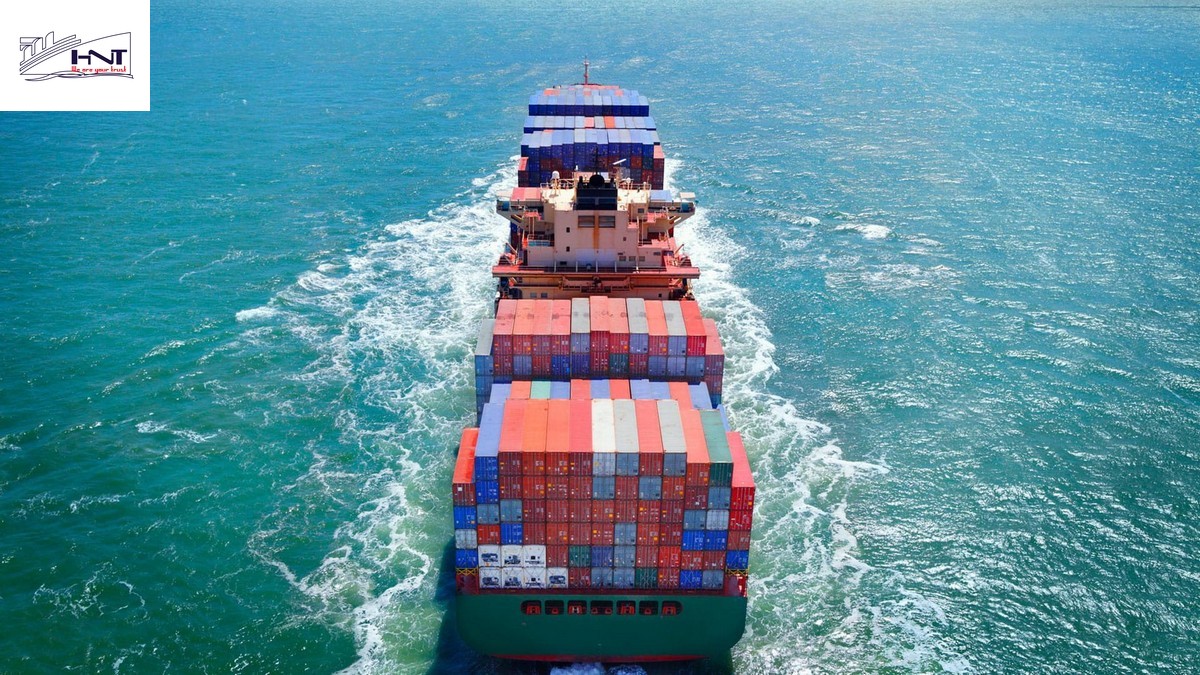
Transporting goods in large quantities allows customers to save a significant amount on costs.
AMS fee
Automated Manifest System fee for goods entering North American countries, which must pass through a scanning machine.
DEM/DET fee
Demurrage and Detention fees apply when a container is in the port, taken to a warehouse for loading or unloading goods, but exceeds the allowed time by the shipping line.
CFS fee
Container Freight Station fee includes handling charges for moving goods from the warehouse to the container or vice versa.
BAF fee
Bunker Adjustment Factor fee to balance fuel costs. Since fuel prices vary by country, this affects transportation costs.
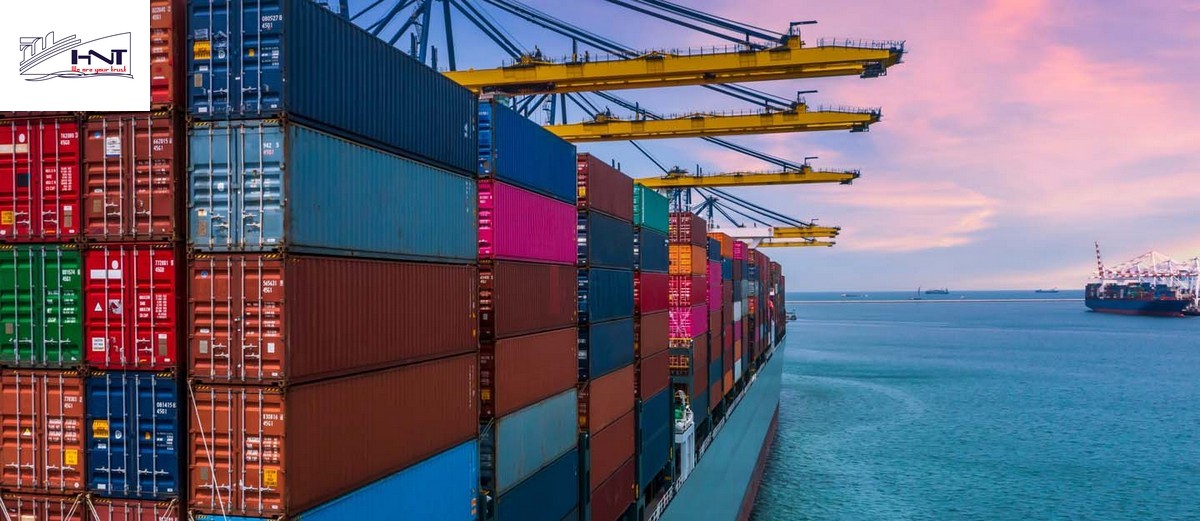
Ocean shipping is currently being chosen by many customers.
Reasons Customers Look into Sea Freight Rates and Costs
Sea transport is increasingly chosen by customers for both domestic and international freight. What makes sea transport so attractive?
Compared to road transport rates, sea freight is the cheapest form of transportation. The reason is that sea traffic is clear, and ships do not have to pay traffic fees. Cargo ships incur low operating costs, and if many goods are transported on one ship, the costs are shared.
Transporting large quantities of goods saves customers significant costs, as there is no need for multiple trips. Additionally, combining small shipments for transport helps save costs. Especially for chemical or special goods, sea transport ensures safety compared to road or air transport.
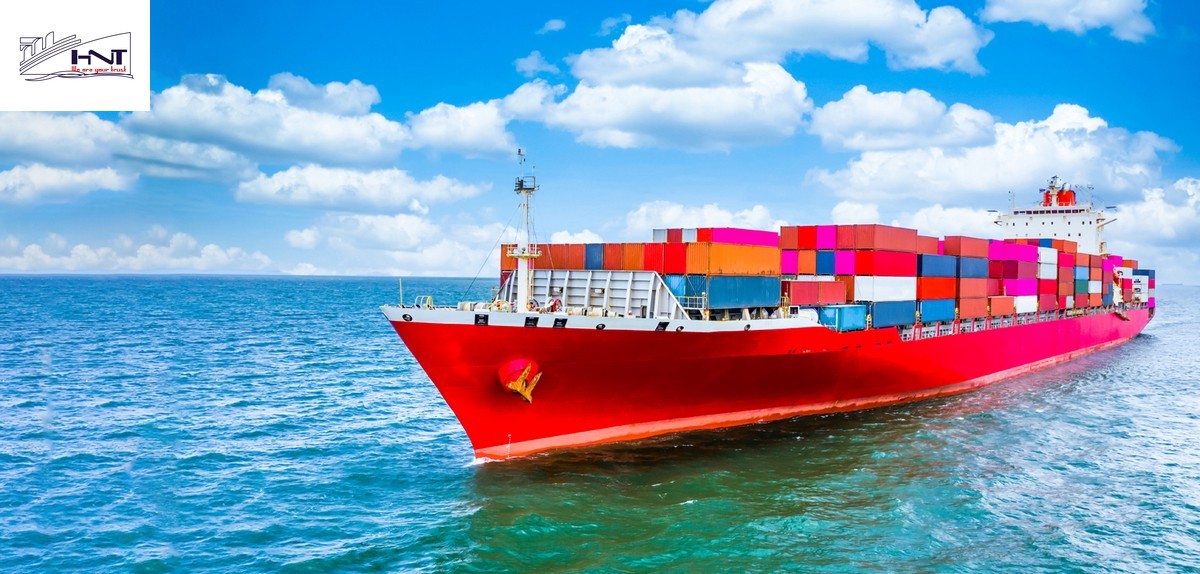
HNT Company is always ready to become a reliable partner in import-export and logistics activities.
Conclusion on Sea Transport Costs
We hope this article on the various costs, surcharges, and freight rates in sea transport provides you with useful information. Customers in need of sea freight services can contact HNT or the hotline 0981.655.880 (Mrs. Thi) for the best support and advice. HNT Company is always ready to become a reliable partner in import-export and logistics activities with you.
See more: 5 Benefits & 6 Notes When Using Warehouse Rental Services
